Can International Students Change Course in Australia?
Uncertain about your initial study choice? Starting a new study journey in Australia is exciting, but your academic path might take unexpected turns.
International students can change their course in Australia, but it must be done by government regulations. Students typically need to complete at least six months of their principal course before changing. It’s essential to obtain a new Confirmation of Enrolment (CoE) and inform the Department of Home Affairs to maintain visa compliance.
So before you start thinking about your academic choice let’s learn as an international student in Australia how you can change your course, and understand the process, requirements, and implications to make informed decisions.
Why do International Students in Australia Want to Change Their Course?
There are several reasons why international students might consider changing their course of study:
Academic Interests: Discovering a new passion or interest in a different field of study.
Career Goals: Aligning their studies more closely with career aspirations and job market demands, or opting to enroll in a new program that better fits their goals.
Academic Performance: Struggling with the current course material and seeking a better fit.
Personal Reasons: Health issues, family matters, or other personal circumstances.
Understanding Australian Student Visa Conditions
International students must comply with specific visa conditions set by the Department of Home Affairs. These conditions include:
Enrolment Requirements: Students must be enrolled in a course that is registered on the Commonwealth Register of Institutions and Courses for Overseas Students (CRICOS).
Registration on CRICOS - Department of Education, Australian Government
CRICOS Course Codes - Department of Education, Australian Government
Course Progress: Students must maintain satisfactory course progress and attendance.
Notification of Changes: Any changes in enrolment or course must be reported to the Department of Home Affairs, especially if the change is to your primary course or involves transferring to another institution.
For more detailed information, visit the Department of Home Affairs Student Visa Conditions.
Steps to Change Your Course
Step 1: Consult with Your Education Provider
Your first action should be to discuss your intention to change courses with your current education provider. They can provide detailed guidance on the process, including any internal policies or forms you need to complete. They can help you understand the implications of changing courses and assist you with the necessary paperwork. Changing your course or provider | Study Australia
Step 2: Check Visa Implications
It's crucial to understand how changing your course might impact your student visa. Some changes may require you to apply for a new visa or meet additional requirements. For accurate advice, you should check with the Department of Home Affairs or consult a registered migration agent. Subclass 500 Student visa
Step 3: Obtain a Release Letter (if required)
If you wish to transfer to a new education provider within the first six months of your principal course, you might need a release letter from your current institution. This is necessary even if you have already completed six months of study and are considering a change to a course at a different level of qualification. This letter is necessary for your new provider to issue a Confirmation of Enrolment (CoE).
Step 4: Apply for the New Course
When applying for a new course, ensure it is registered on the Commonwealth Register of Institutions and Courses for Overseas Students (CRICOS) and meets the criteria for your current visa. Make sure the course aligns with your academic and career goals. Review the entry requirements and prepare all necessary documents, especially if you need to apply for a new student visa.
Step 5: Update Your Confirmation of Enrolment (CoE)
After being accepted into the new course, obtain a new Confirmation of Enrolment (CoE) from your new education provider. The CoE is crucial for maintaining your student visa status, especially if you decide to change to a new institution. Your new provider will issue the CoE once you meet their enrolment conditions.
Step 6: Notify the Department of Home Affairs
Finally, inform the Department of Home Affairs about your course change and provide the updated CoE. This step ensures your visa remains valid and accurately reflects your current enrolment status. Failure to notify the Department can result in visa complications.
Potential Challenges and How to Overcome Them During Course Change
Changing courses as an international student in Australia can come with several challenges. Here’s a detailed explanation of potential issues you may face and how to overcome them:
Visa Complications
Changing your course may have significant implications for your student visa. Certain changes might require you to apply for a new visa or meet additional requirements, such as extending the duration of your visa; make sure to follow the guide to changing courses for detailed instructions.
How to Overcome:
Consult with Experts: Seek advice from your education provider's international student support team or a registered migration agent to understand the specific visa implications of changing your course.
Stay Informed: Regularly check the Department of Home Affairs website for updates and guidelines related to student visa conditions.
Find a Registered Migration Agent
Financial Considerations
Changing courses may need additional costs such as application fees, new course materials, and potentially higher tuition fees. It’s important to consider these financial aspects to avoid unexpected expenses.
How to Overcome:
Budget Planning: Create a detailed budget that includes all potential costs associated with changing courses.
Financial Support: Explore scholarships and grants that can aid you financially as you study in Australia, particularly if switching to another institution.
Financial assistance for international students - Department of Education, Australian Government
Adjustment Period
Transitioning to a new course can be stressful and might require an adjustment period. This can include adapting to a new curriculum, teaching style, and possibly a new social environment.
How to Overcome:
Seek Academic Support: Utilize academic counselling, tutoring services, and workshops offered by your education provider to help you adjust to the new course.
Connect with Peers: Engage with fellow students and join study groups or clubs related to your new course to build a support network.
Mental Health Support: Don’t hesitate to access mental health resources if you feel overwhelmed. Many institutions offer free counselling services for students.
New requirements to support students - Department of Education, Australian Government
Headspace - Mental Health Support for Young People
Changing courses as an international student in Australia is possible, but it requires careful planning and adherence to visa conditions. By understanding the steps involved and seeking guidance from your education provider, you can make a smooth transition to a course that better suits your academic and career goals. Stay informed and proactive to ensure your educational journey in Australia remains uninterrupted and successful.
Visit Learning Options to learn more about how our courses can support your educational journey in Australia.
Frequently Asked Questions
Do I need to notify the Department of Home Affairs if I change my course?
Answer: Yes, it is crucial to notify the Department of Home Affairs to maintain your visa status.
Will changing my course affect my visa duration?
Answer: It depends on the length and type of the new course, especially if it’s less than six months in duration. Ensure you understand the implications and seek advice from an international student advisor if necessary.
What is the new rule regarding student visas in Australia?
Answer: The government has replaced the GTE criterion for student visas with a GS requirement, which can impact your eligibility if you wish to change to another course or institution. This is effective for student visa applications submitted on or after March 23, 2024. This criterion does NOT apply to student visa applications submitted before March 23, 2024.
What is the new work rule for overseas students in Australia?
Answer: From July 1, 2023, the amount of work hours permitted during study terms and semesters will be increased to 48 hours per week.
How long do overseas students usually remain in Australia?
Answer: Depending on your qualifications, this might range from 2 to 4 years. If you already have a Post-Study Work visa and are qualified for the extended two-year stay for having a certain degree, submit your application using ImmiAccount.
Does Australia tolerate study gaps for overseas students?
Answer: Yes. Australian institutions allow applications with a study gap of more than two years. All you have to do is present good reasoning and recorded evidence.


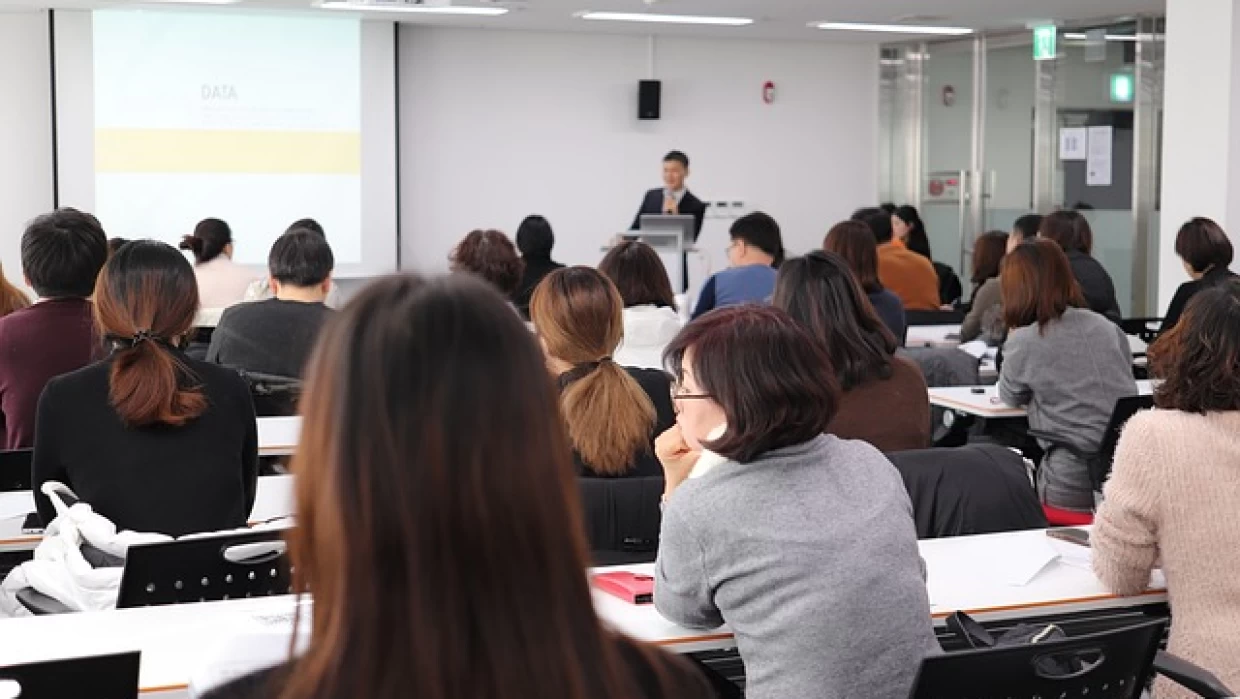



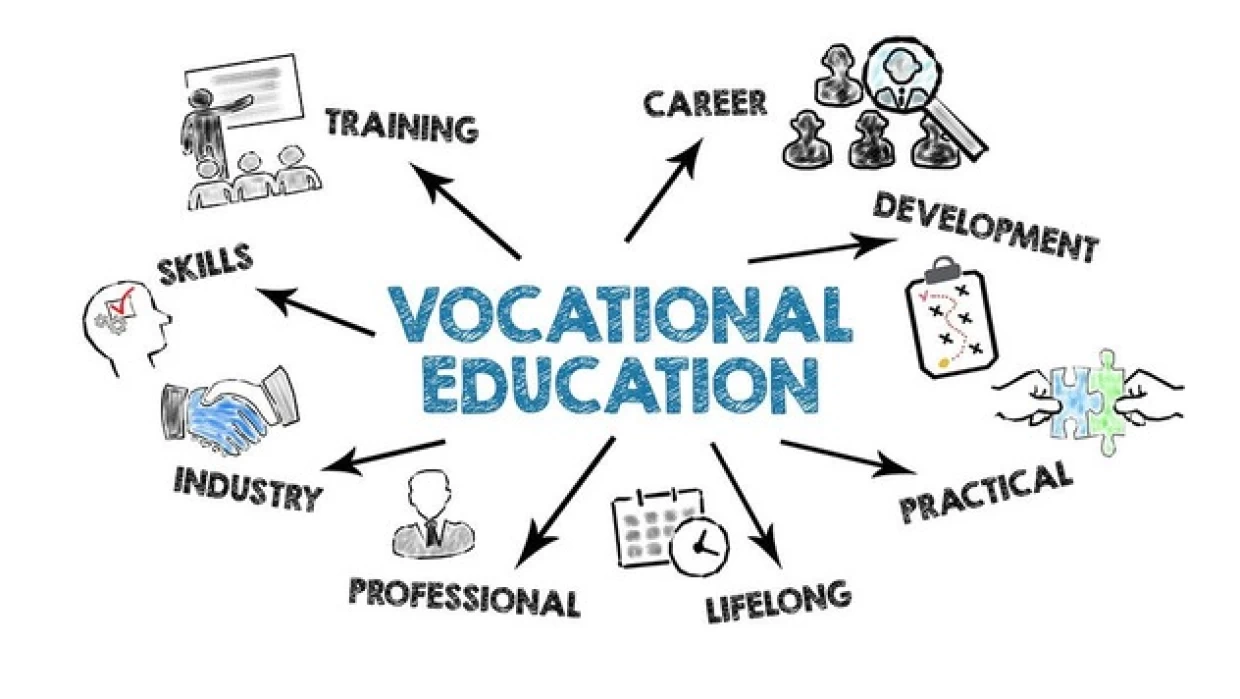







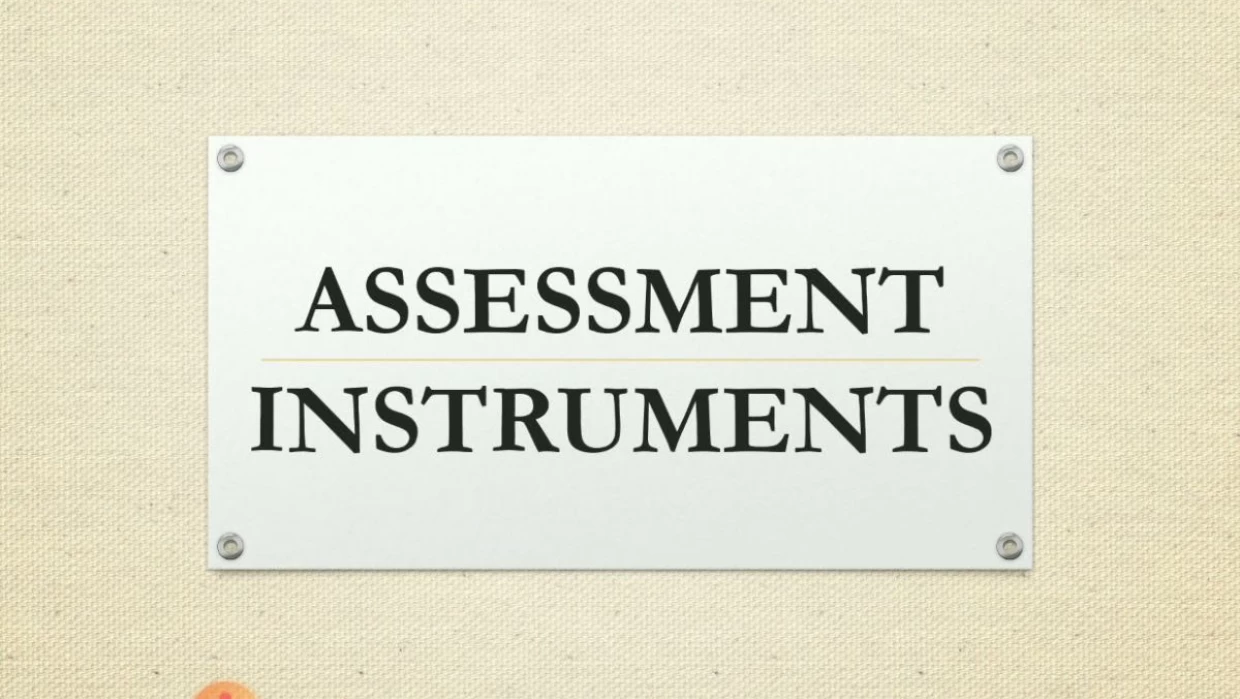





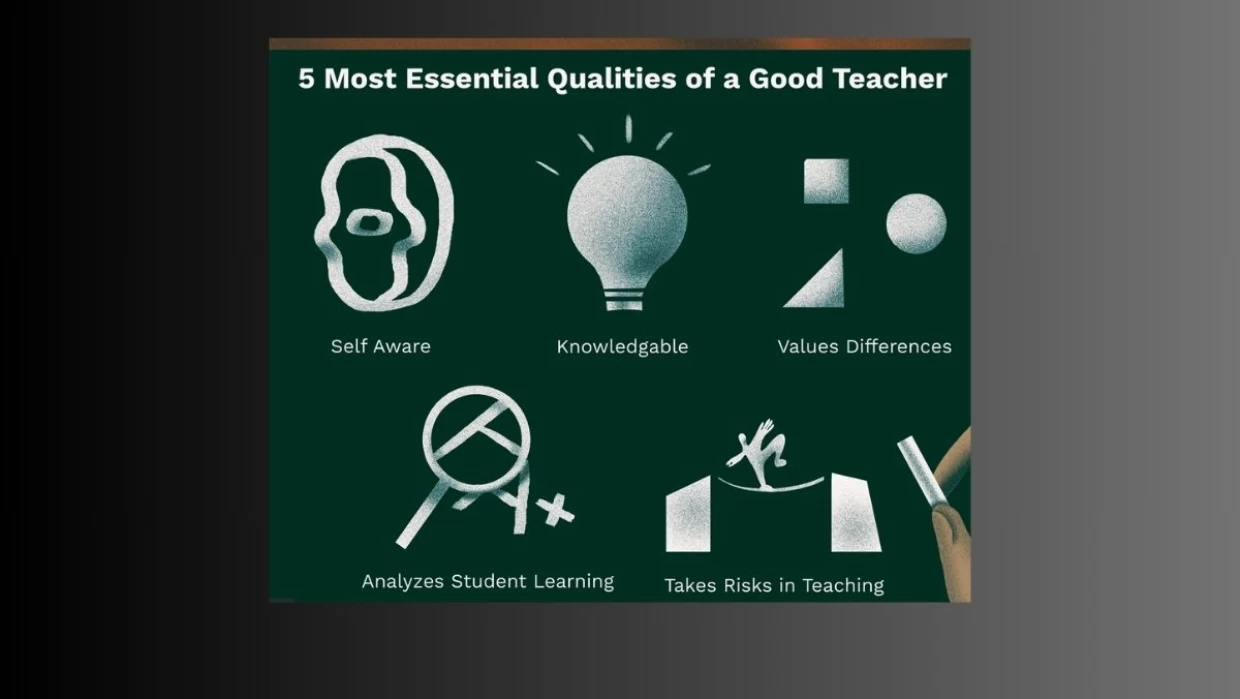

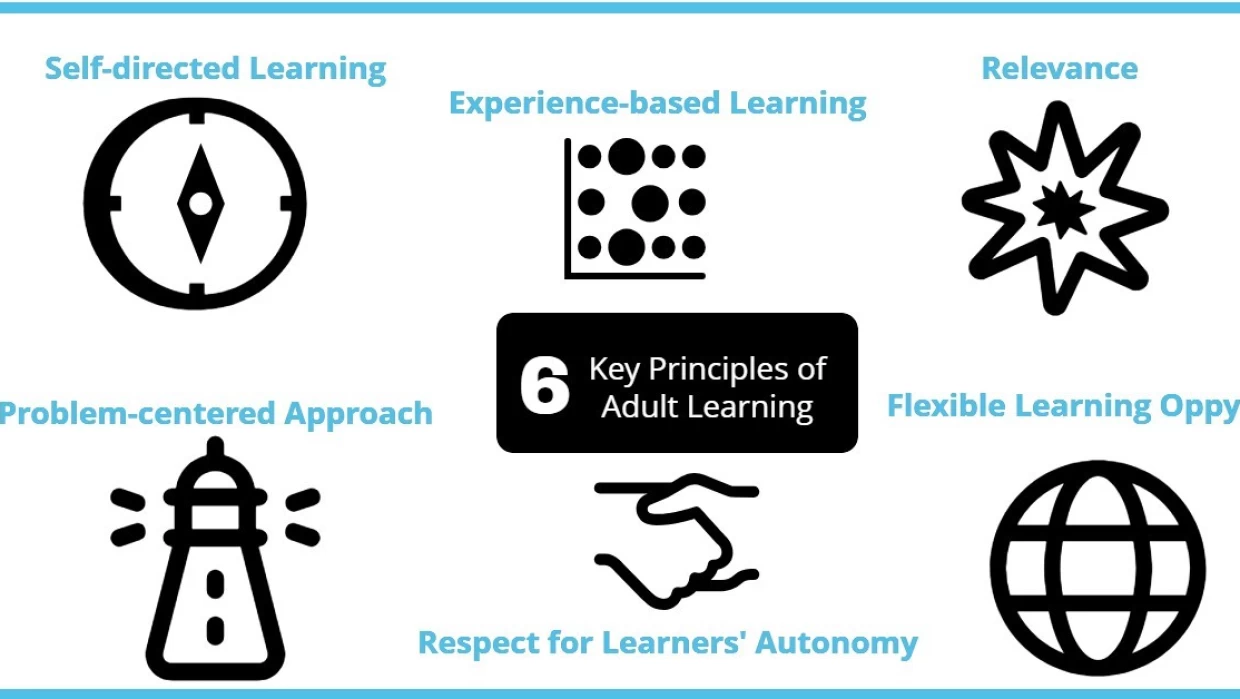


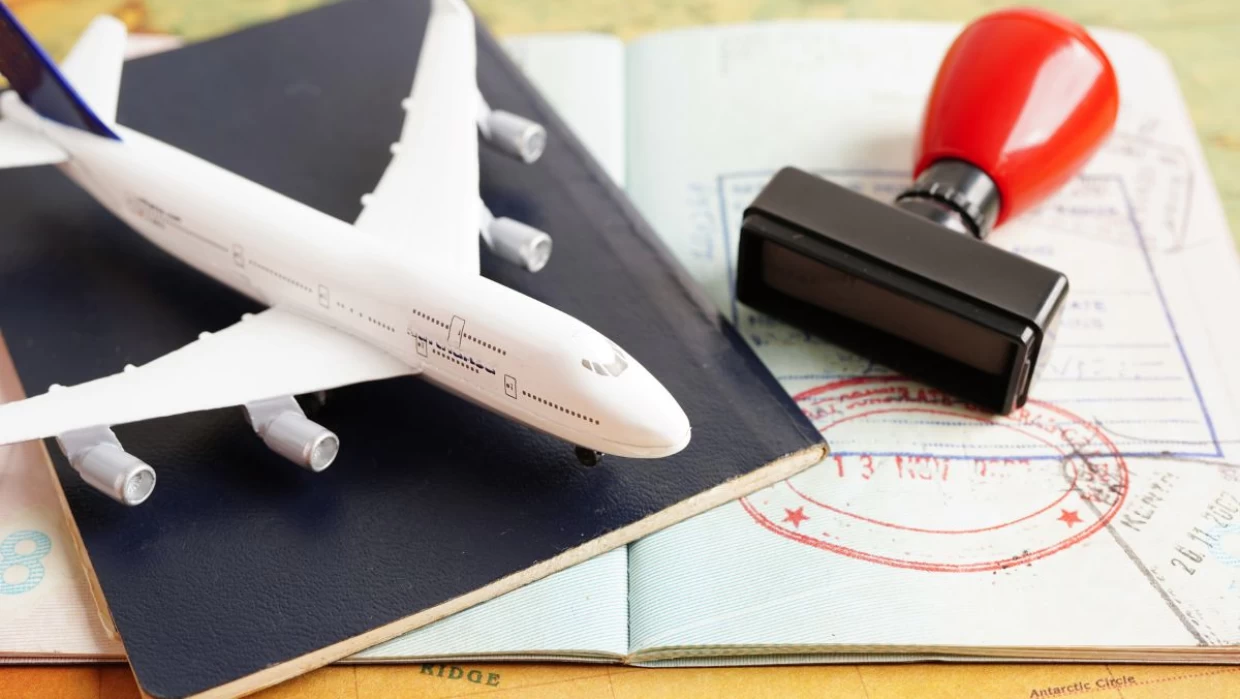

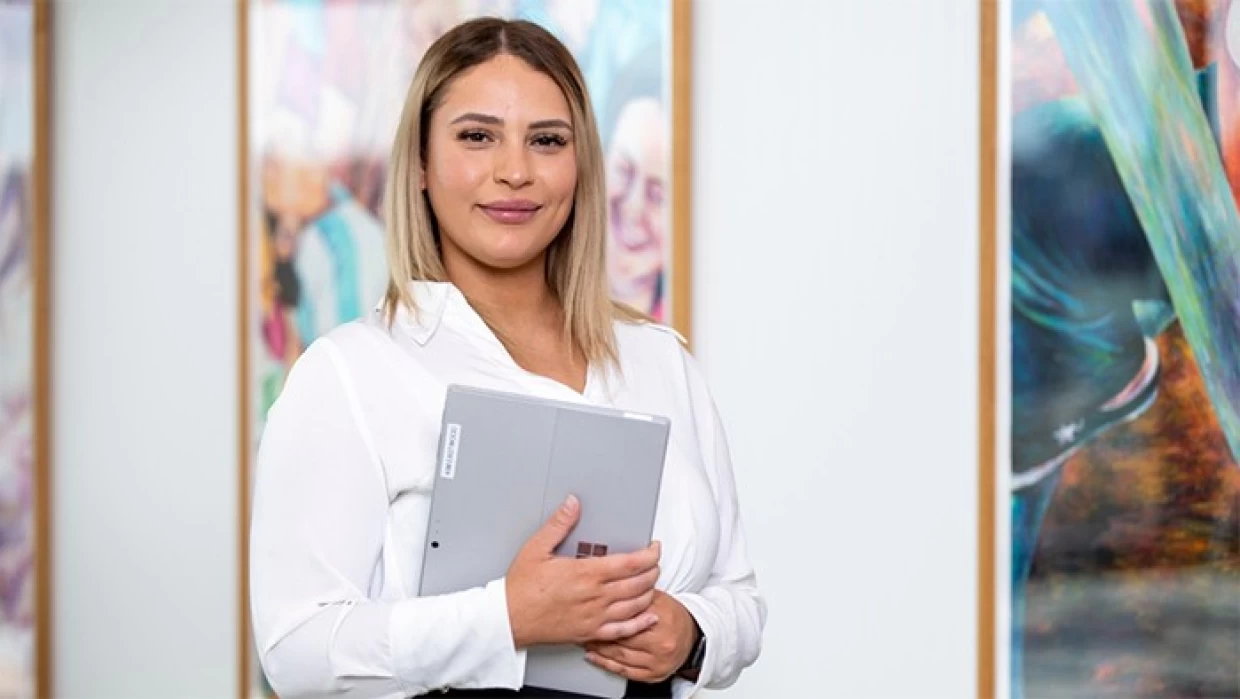








We would be delighted if you could get in touch with us.
Your email address will not be published. Required fields are marked